I visited this website, https://xcode.darkbyte.ru/
Basically the website takes a text as Input and generates an Image. It also takes an image as input and decodes it back to text. I really wish to know what this is called and how it is done I'd like to know the algorithm [preferably in Java] Please help, Thanks in advance
